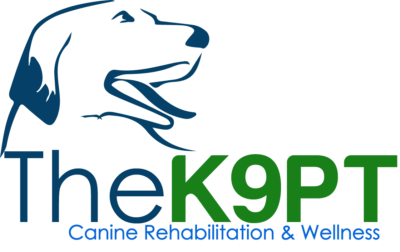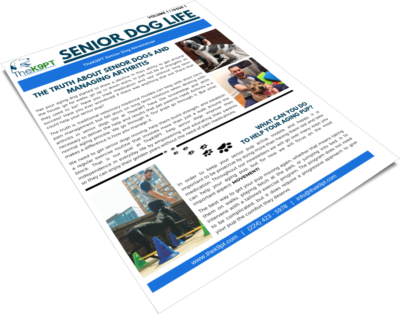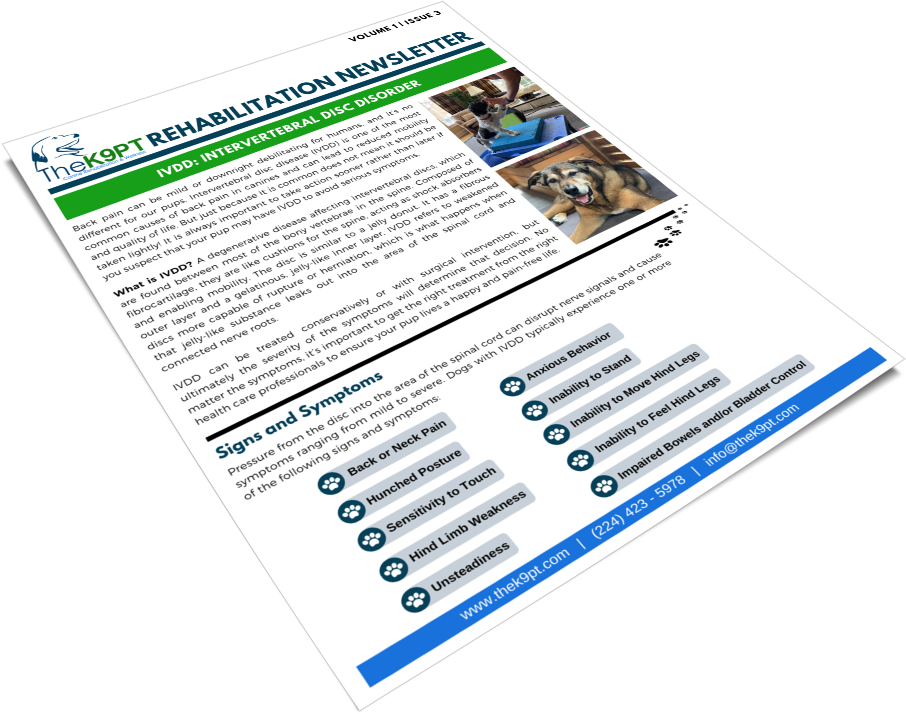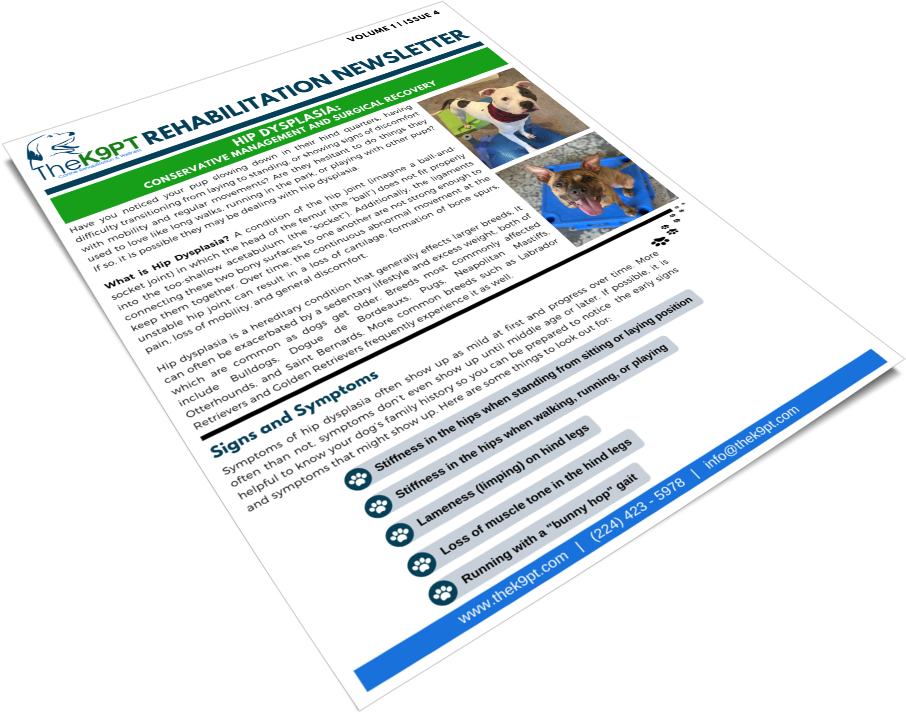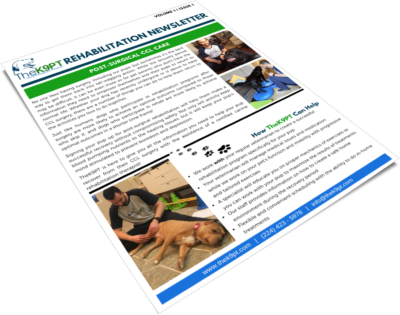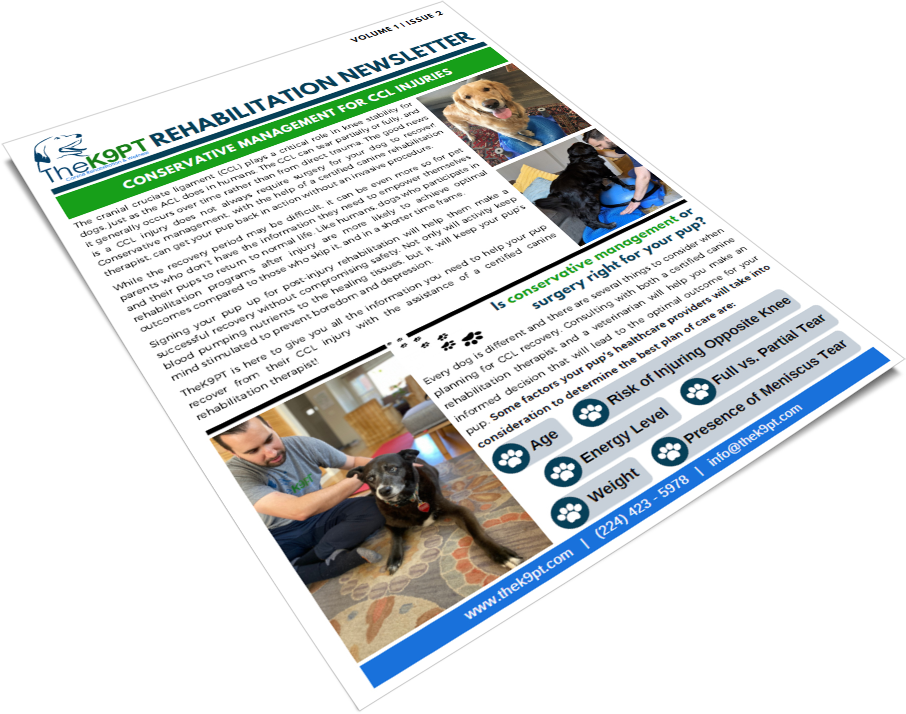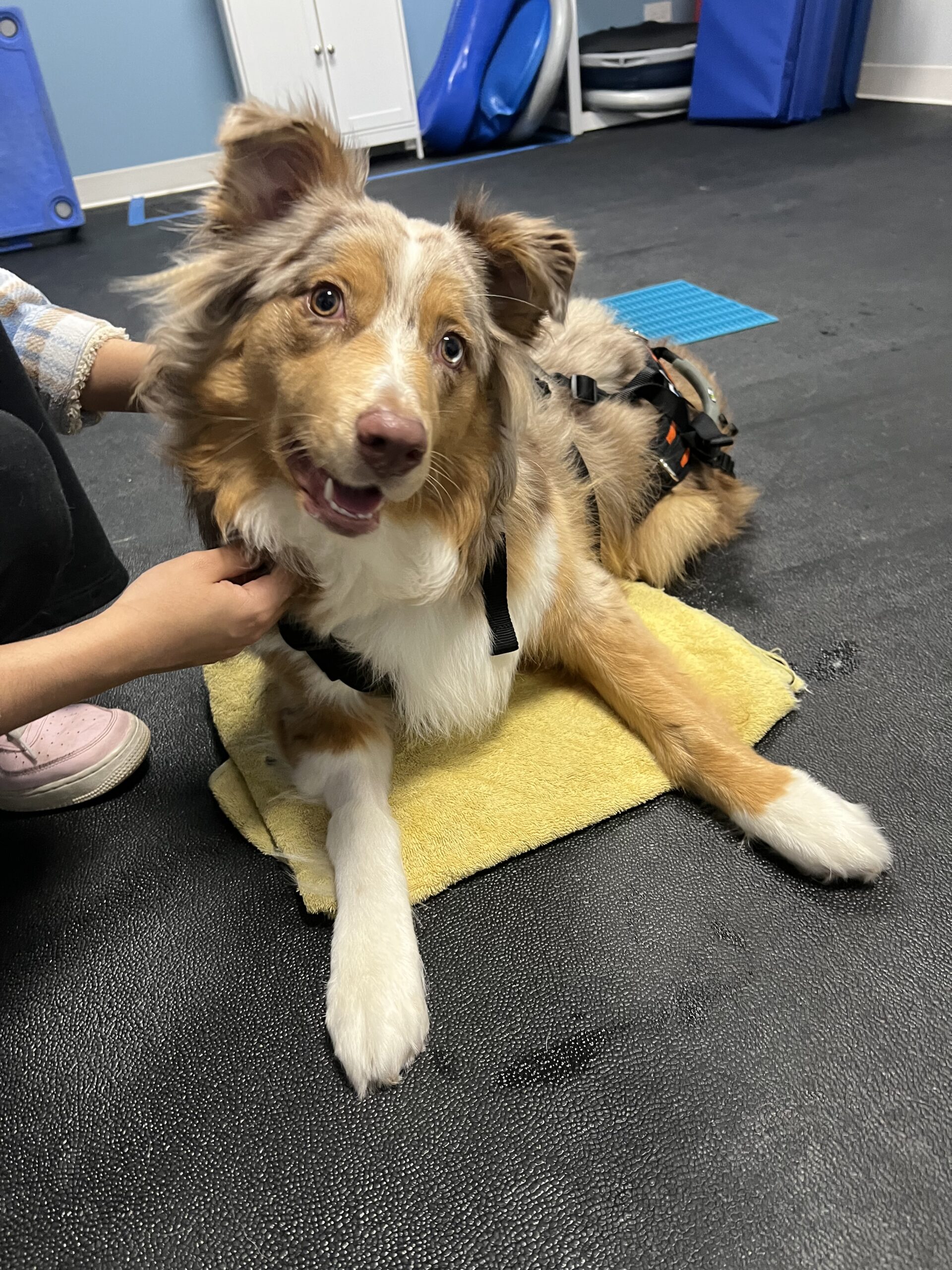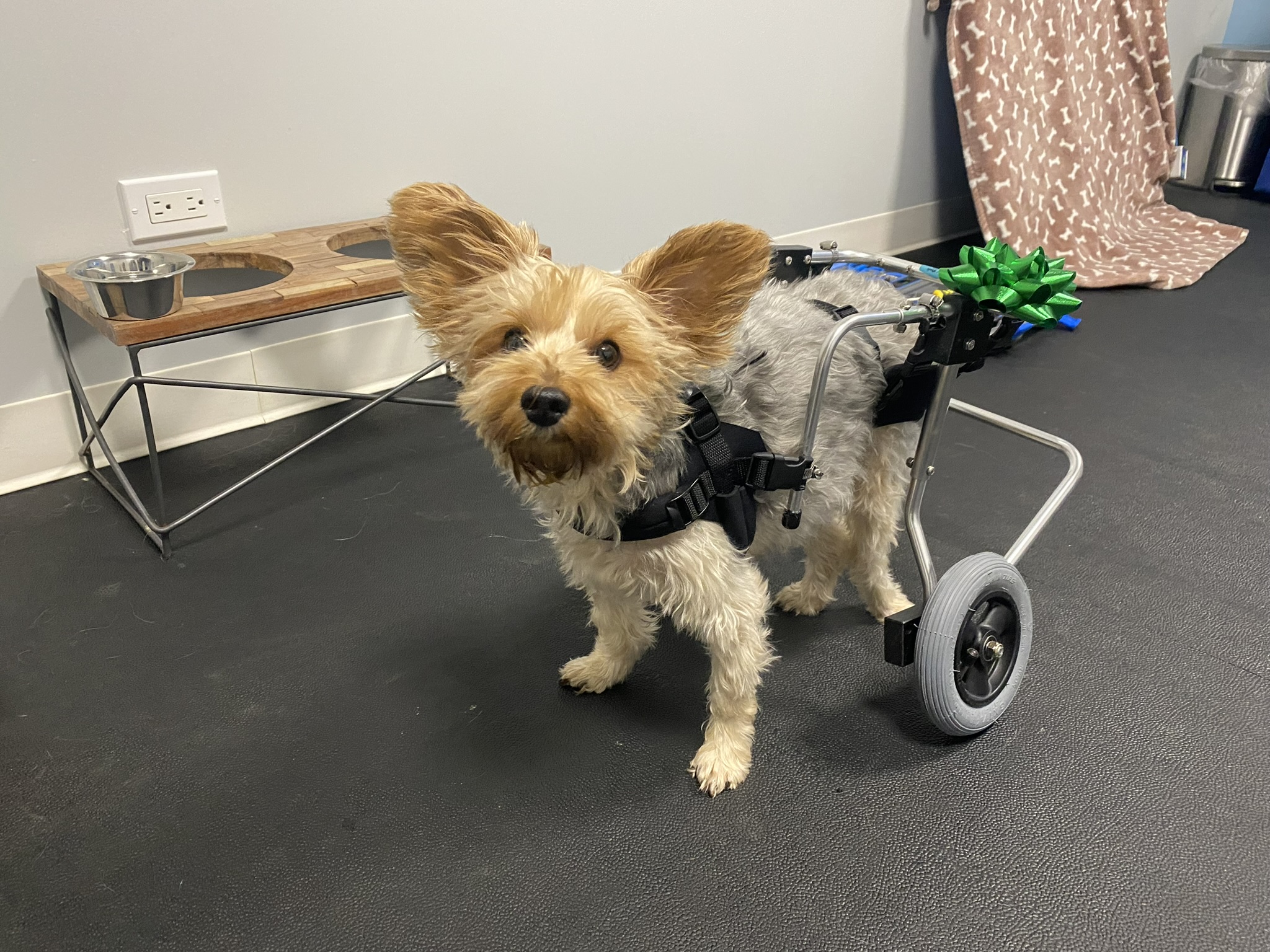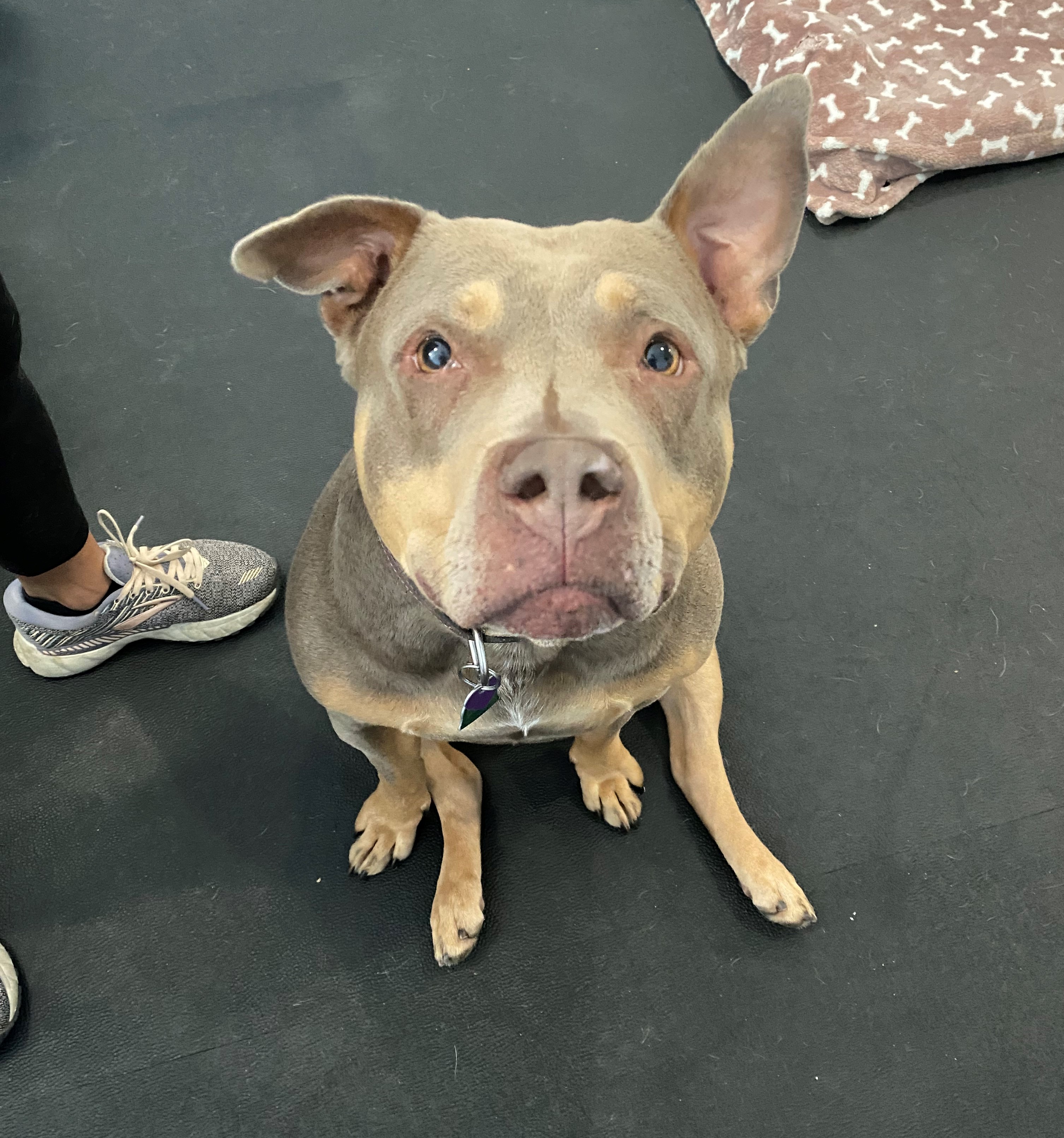Chicago Clinic
TheK9PT is Chicago’s highest rated dog physical therapy and rehabilitation clinic! We have been in business since 2017, and in 2020 we opened a state-of-the-art facility that is designed like no other dog rehabilitation clinic in Chicago. We kept in mind our positive reinforcement and fear free type of approach, and each dog have their own room for the whole session and does not need to come into contact with any other dogs during their appointments. We are conveniently located in the Mayfair/Irving Park neighborhood, just 1/2 mile off the I-94 expressway at 4521 W. Lawrence Avenue. Our clinic is easily accessible to the greater Chicagoland area, even during high traffic times. Parking will NEVER be an issue as we are proud to offer FREE and CONVENIENT parking with two exclusive parking spots available to our clients directly in front of the clinic. Assistance will be provided if you need help getting your pet in or out of your car.
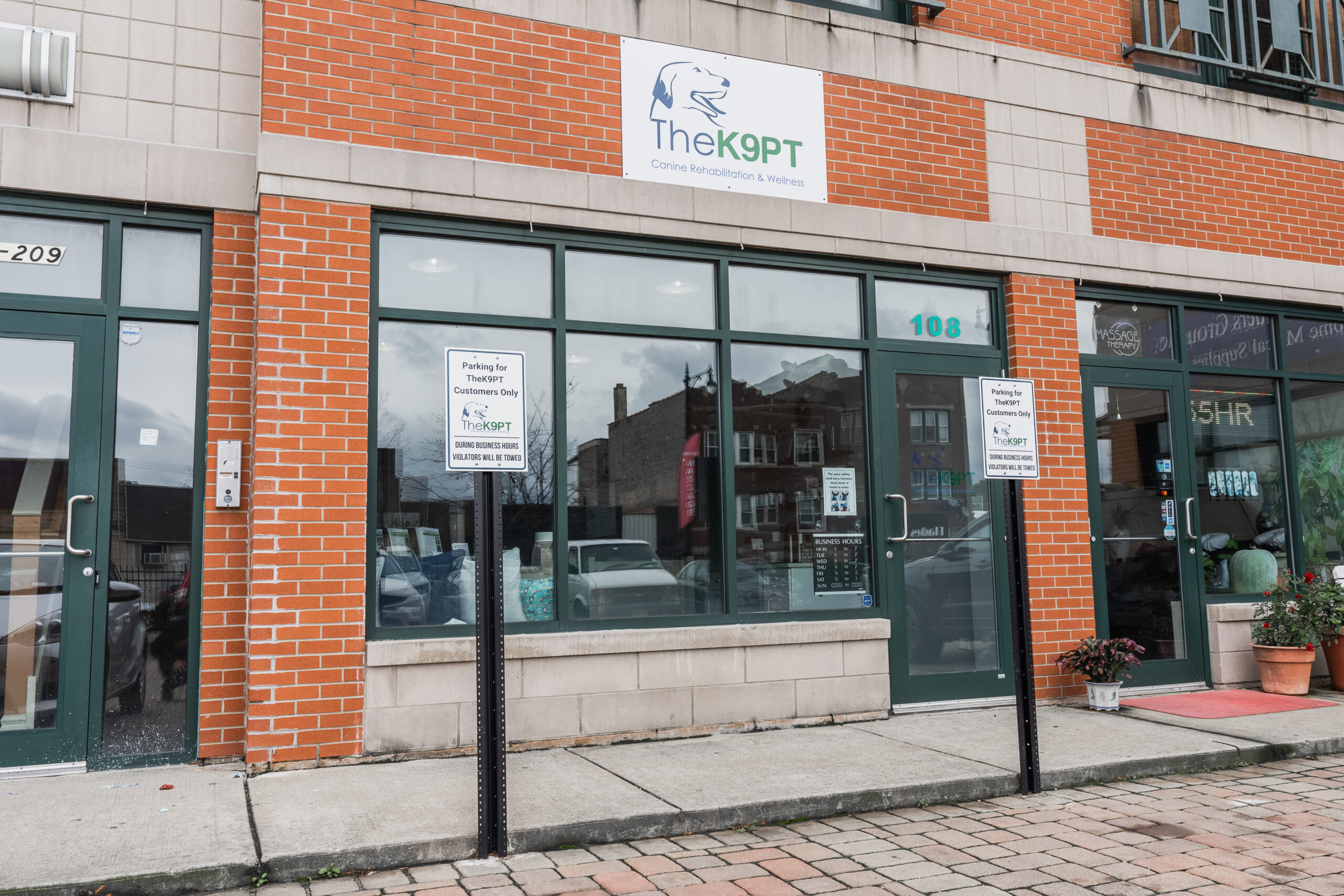
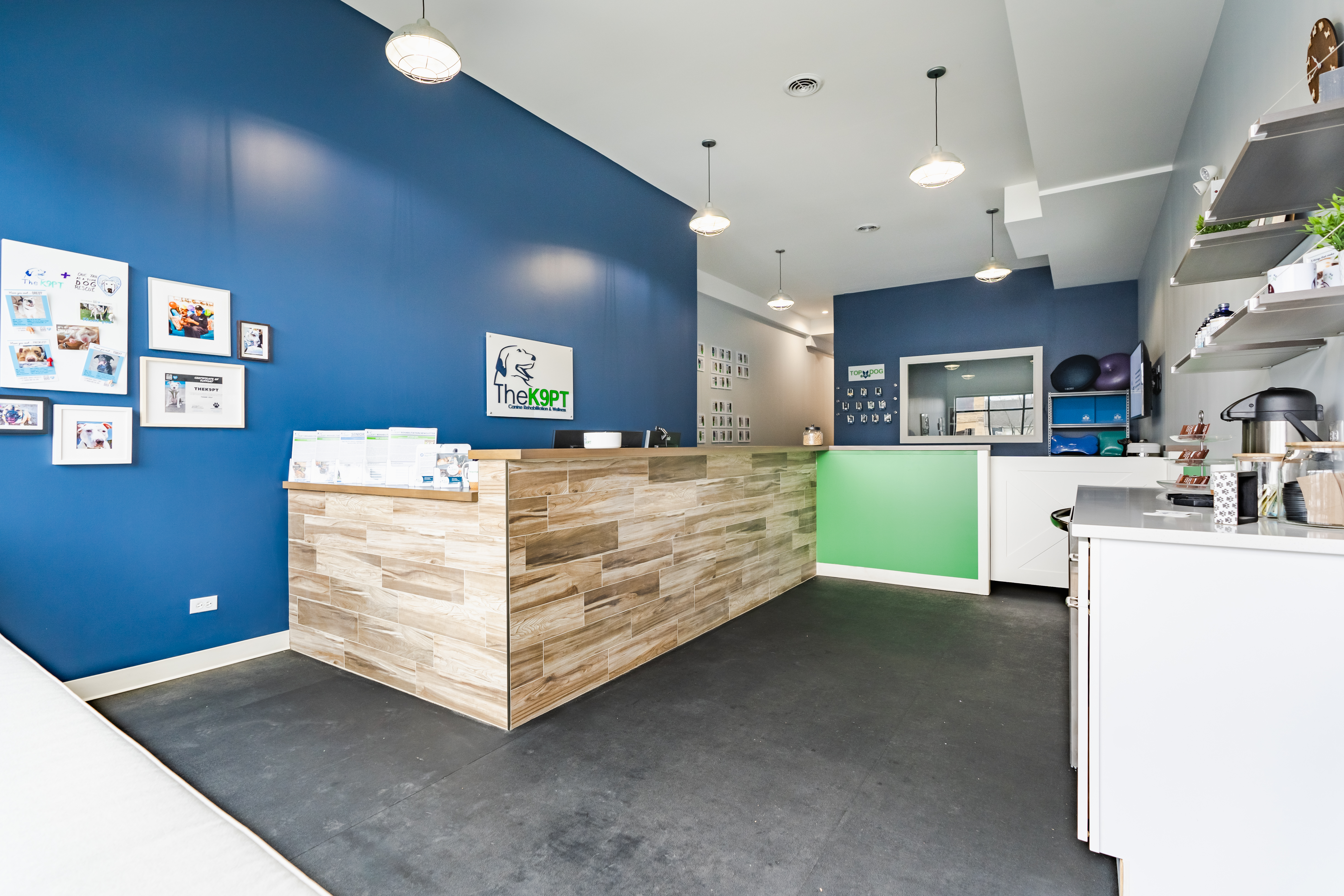
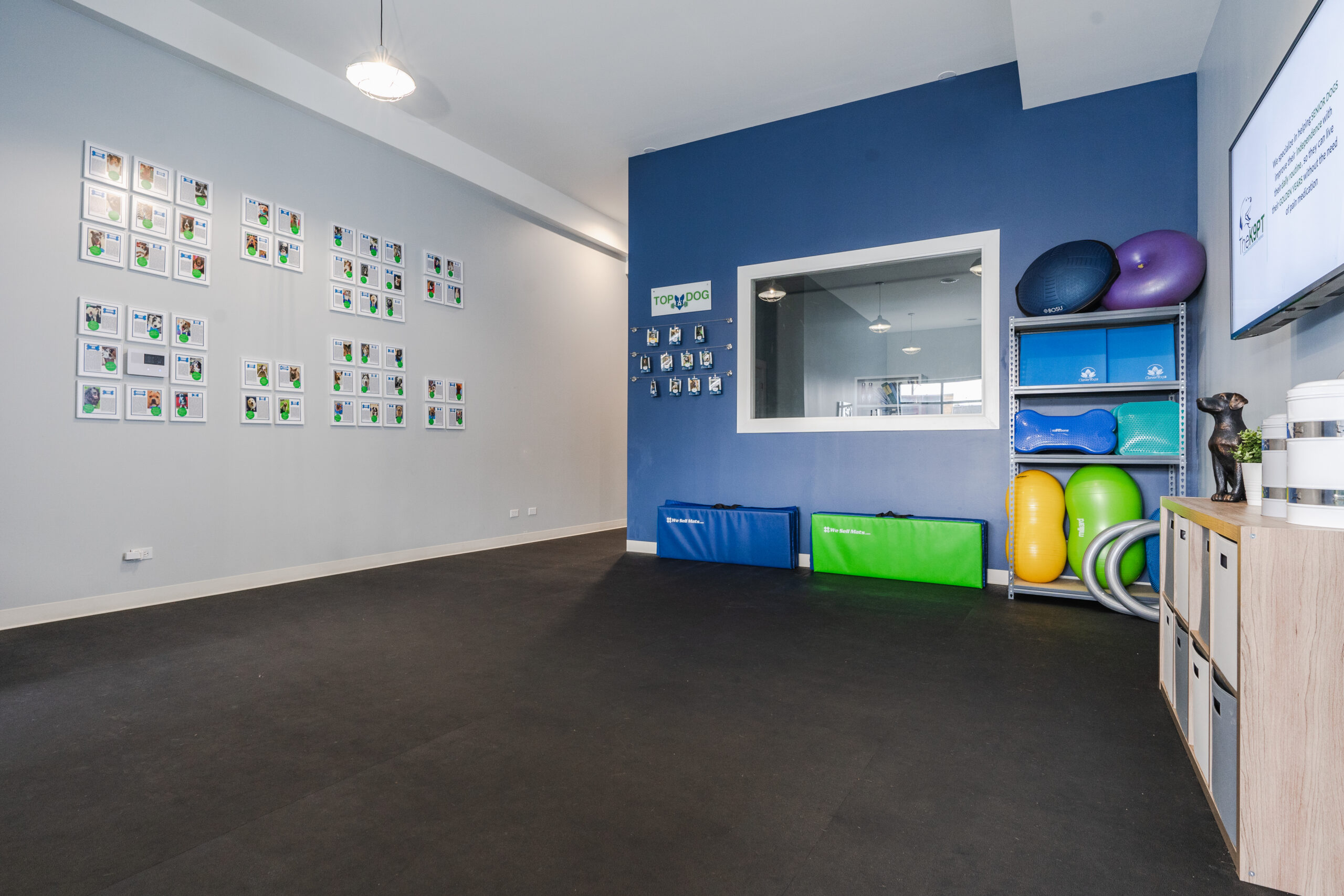
Here’s What Other Pet Parents Like You Are Saying About the Outstanding Care they received at TheK9PT, Chicago’s Highest Rated Dog Physical Therapy & Rehabilitation Clinic…
How can we help you?
We have put together some of the best educational content for pet parents in a series of newsletters on several topics and conditions. Download our newsletters (currently free) to start helping your pup right away…
Unsure how dog physical therapy & rehabilitation works and how it can help your pup?
Check out the news segment from CBS Chicago highlighting the outstanding work done by The K9PT and how it is making an impact with the Chicago dog community!
Frequently asked questions
The best way to answer this question would be to start by going over “the cycle of arthritis”. We need to understand that arthritis is a normal part of the aging process, both for ourselves and our pets, and the best thing that we can do is to be proactive rather than reactive. Arthritis can be asymptomatic as well, but once our pups start to show symptoms then we definitely need to start being more proactive than before.
The cycle starts when a pup with arthritis starts to show signs of joint inflammation, which can lead to pain, discomfort, and stiffness. As they feel stiff they tend to be less active, and if we let that happen over time they would lose muscle mass while also gaining weight. With added weight the pressure on their inflamed joints becomes even more uncomfortable, which in turn leads towards increased stiffness and a decrease in their level of physical activity. That is how the cycle of arthritis keeps going on and on, unless we do something about it. Read more on how we treat Arthritis here.
Not only are pet parents allowed in each and every session, we encourage it! We pride ourselves on educating pet parents with at home exercises they can do and make you a big part of the treatment plan!
The K9PT Difference
We listen to YOU. We spend time learning about your pup’s unique issues and needs, your concerns, and your goals to get your pup as healthy as possible. We know that you are the expert on your pup.
Fear free approach. TheK9PT is dedicated not only to your pet’s physical well being, but their mental well being as well. We place a priority on building trust with all our patients by not forcing them into situations outside of their comfort zone in order to foster an environment where our patients are excited and eager to participate.
Education. We place a heavy emphasis on educating our pet parents to empower them with life-long strategies to help improve their pet’s quality of life.
Payment plan options. Our various payment plans allow you to choose what is best for you and your budget.
No “cookie-cutter” approach. Your pup’s recovery plan will be created specifically for them! No two dogs are the same, so why should their plan of care be the same?
